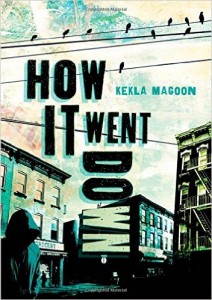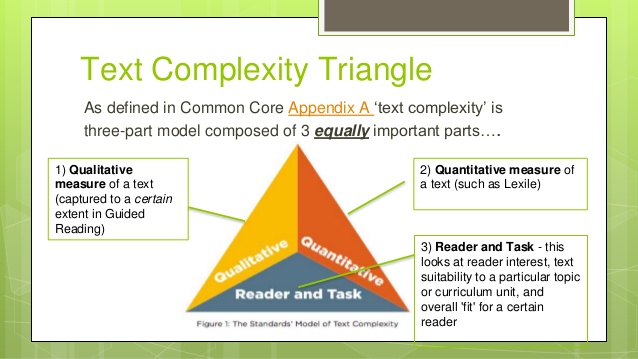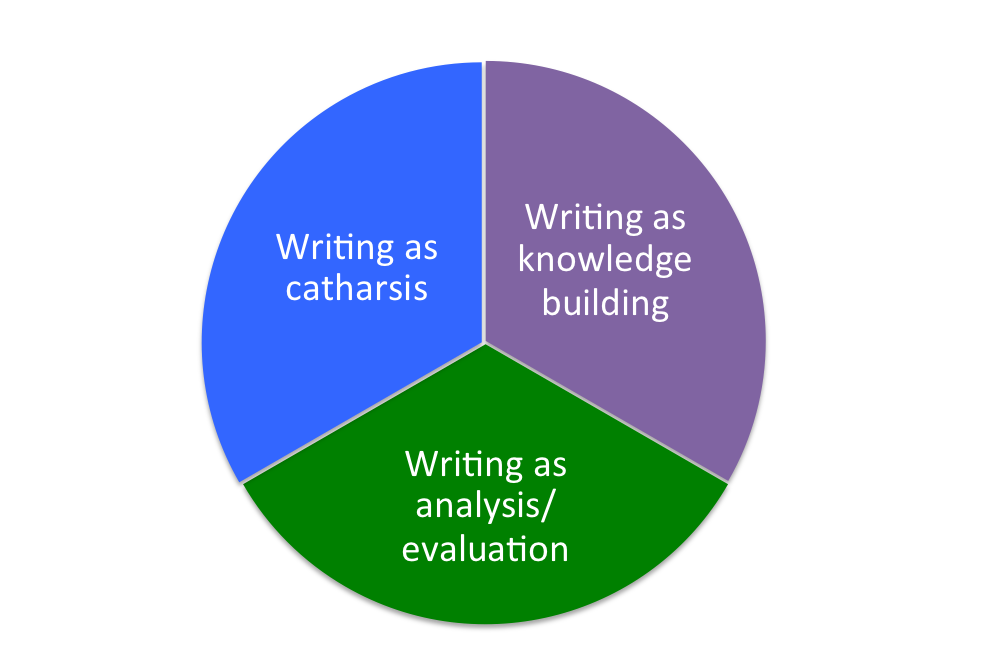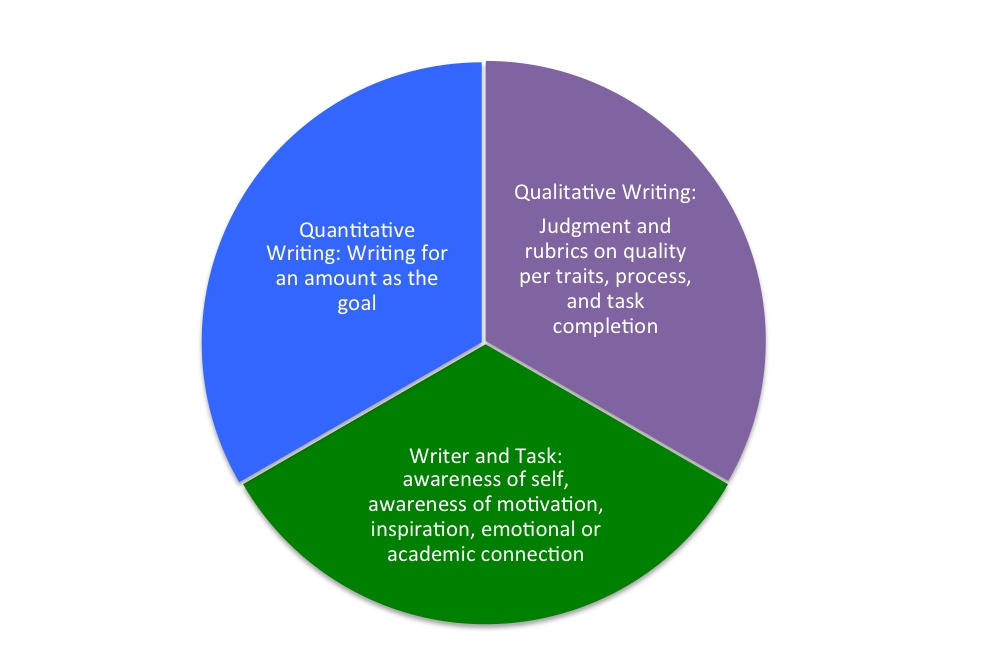 Every teacher worth his salt knows about Piaget and Vygotsky. And I am not going to pretend or fake that I understand everything about their theories on cognitive development. When I was studying their work, it just made so much clear sense, that I embedded a golden nugget into my own brain, and that was this: we learn from our world/each other. The more interaction, or appropriate interaction at the right times in our lives, the better. It doesn’t work for every brain/person, but I’m making a generalization. Take a baby. Cuddle, talk to him, give him safe, warm shelter, (thank you, Maslow!) show him the world, name things, tell stories, and guess what? Baby learns, and thrives. It’s like we’re all born in a bubble – and the bubble gets bigger to accommodate our experiences, memories, and surroundings. We are social creatures.
Every teacher worth his salt knows about Piaget and Vygotsky. And I am not going to pretend or fake that I understand everything about their theories on cognitive development. When I was studying their work, it just made so much clear sense, that I embedded a golden nugget into my own brain, and that was this: we learn from our world/each other. The more interaction, or appropriate interaction at the right times in our lives, the better. It doesn’t work for every brain/person, but I’m making a generalization. Take a baby. Cuddle, talk to him, give him safe, warm shelter, (thank you, Maslow!) show him the world, name things, tell stories, and guess what? Baby learns, and thrives. It’s like we’re all born in a bubble – and the bubble gets bigger to accommodate our experiences, memories, and surroundings. We are social creatures.
Now, as much as I would like to get into a diatribe about how poverty, malnourishment, abuse, and fear affects our abilities to function well cognitively, not here, not now. John Medina has gathered all the information you may need if you want to explore this further; the holes in the hippocampus, the amygdala responding to stress, and why you need a nap. The effects of poverty on children’s ability to function are well documented.
One of the frustrating aspects of my daily life is I cannot go in my time-machine (it needs some parts) and take my students in their toddlers selves and read picture books to them. Many of their parents did read to them, but many were fighting for survival. My students have not been to an art museum, library, park, or attend preschool, or had time with a lot of print (picture books) or see their parents read.
The other factor is even if they did read when they were younger, adolescence brings on its own set of challenges, and becoming a reluctant reader may happen. It is my thought that this happens because playing and succeeding in a video game can be much more satisfying than reading someone else’s narrative troubles in a chapter book. Think about it; if you’re having trouble with girls, your mom’s nagging you about cleaning up your room, and you’re not the cute adorable baby anymore, then who would want to read about Harriet the Spy and her missteps? (Well, I did.) Who gives a darn about Harry and his battles with a stalking, scar-giving lunatic? And for the love of armageddon, what’s so entertaining about a group of kids being stranded on a deserted island, just fighting over a conch shell and what to serve at a luau?
So, here are some steps I take so that students recognize and reflect on their own reading:
- Individual reading inventories: Yes–with sometimes 130-160 students this has been a Herculean task. We (teachers) sometimes complain about all of the assessing that is done TO our students, and it is not informing our instruction FOR our students. This is true. But since testing isn’t going away any time soon, let’s use it to our advantage. Show the students exactly what they’re being assessed on, and do your own.
- Each student should have their own reading portfolio: Include in this a reading interest survey (if you’re ‘techy’ you can do this on line using a myriad of survey sites; however, make sure the results are visually available, tangible – oh, heck, I’ll just say it – have it on a piece of paper, man! It’s not for you, it’s for your students. The whole point is for them to chart and see their own progress.What goes in a portfolio? They should be able to draw on it, customize it, place their own test scores, surveys, reflections, book “wanna-reads” and “have-to reads” lists, creative book projects (I have another ‘boatload’ of these!) and their progress/goals.
Reading coaching, when it’s done well, is an incredible assesst to have in a school. If you are fortunate enough to have a literacy/reading coach in your building, district or state, hunt them down and have a conversation with them!
- Understanding assessments: There are a boatload* of reading assessments and data numbers out there. Here are just a few, and some thoughts:
DRP: Degree of Reading Power – quick and easy – will really tell you how broad their vocabulary is, which for English language learners, is challenging to get a fair assessment on their reading abilities. But, if this is what you have to work with, again, be very clear and transparent with students about what their scores mean and how to improve them.
DRA: Developmental Reading Assessment: http://www2.scholastic.com/browse/article.jsp?id=10216
Lexile:Lexile measurements are, in my opinion, one of the most accurate assessments out there. Check it out: http://lexile.com/ We had a program in our district which quickly measured Lexile reading levels. It was too expensive, and went ‘away,’ as many great resources do. (Why is that? The ones that we really use and help us help students are canned too fast, while the ones that are confusing linger on, solidly entrenched? Or maybe that’s just me.) You can find out what the Lexile reading level is on many titles with quick searches, but here’s one resource: http://www.barnesandnoble.com/reading-level-reading-books-lexile/search.asp
And then again, there are just good, old-fashioned books that can help you find reading levels: http://www.fountasandpinnellleveledbooks.com/Marketing/resources.aspx
(And if you don’t know Fountas and Pinnell, you don’t know Jack. And you should know Jack.)
AR: AR stands for Accelerated Reader and is a commercially-based program. It may be all right for a thumb-nail sketch of reading abilitiy, but I cannot endorse its use. I can’t tell you how many students I had who would take the AR “test” on a book and through sheer intelligence and cleverness pass the test without cracking the book.
Reading Rockets is also a phenomenal website/resource for all things reading. One article, “A Critical Analysis of Eight Informal Reading Inventories” may be helpful.
The thing is, the real, deep, this is where it matters thing is: You MUST hear your student read, you MUST conference with them, one-to-one. I say this in this strident, finger-wagging way because I am really pointing the finger at myself. But there is no way around it. If you really want to know your students’ individual strengths/weakness in their zones of proximal development, or rather, how big is their bubble, you need to know where they are, and take an individualized measurement.
So, how does one find the time? I am still working this one out, but it takes a lot of mental elbow-grease and planning. No way around it. You must intentionally, and explicitly, tell students what you’re doing, why you’re doing it, and how it will benefit them. Having said that, I have still had the flare-ups from extremely needy students who interrupt me while I”m conferencing with other students. This may just be the time you let them play computer math games, or use some other electronic babysitter. Hopefully not: other creative solutions are to use this time for them to write, go through a variety of genres/reading materials, and critique what they find. Or, have them work on vocabulary/grammar instruction during this time. A little skill-drill never killed anyone. Really.
Okay – where can it all go horribly wrong?
- Students will answer with one-word responses: “I hate to read, I don’t read, no, never, etc.” Many of them are doing this for shock value. Let them know and reinforce this is a safe place. You don’t expect everyone will be sitting around cafe tables discussing great literature if that’s not their thing. You just want to give them the CHOICE. They CAN talk about great literature, but they can choose NOT TO when they’re older. But for now, it’s choice time.
- Students are ashamed of a low test score. True story: had my ‘honors’ students look up and analyze their DRP scores. Many were competitive and compared notes with others, and some were truly embarrassed by a lower than a peer’s score. Explain ahead of time what they might find, and that they may have an emotional reaction, but don’t let that become an obstacle. (Yeah, I have a lot of luck with that – stupid self esteem!)
Finding low-level, but high interest books is a huge factor, too: http://www.readingrockets.org/article/374
Things you should just know before the first pencil is sharpened:
Make sure you believe with your heart and soul that teaching reading, using textbooks, anthologies, maps, diagrams, other content areas, informational texts, narrative texts, poetry, fairy tales, cereal boxes and phone books are all forms of reading, and check your personal biases at the door. Students are looking to you to model a love of reading. If they love you, and they will, they will judge as you do, and be ashamed if they like a book that you have stated you don’t. Let them find their own path, and reflect on their own journey. Nothing is more personal or important than that. Perhaps they will only ever read video game logs or Facebook postings. So be it.
Also, know that reading standards are not evil. If you really look at your state’s and the national standards, they are not out to ‘get you.’ I am one of the most paranoid persons I know, and I believe there is no conspiracy here. It is good and right to teach students about text features in a textbook, or how to access information using a glossary, index, table of contents, etc. It is good and right to teach students the difference between a fable, folktale, and fairy tale. It is good and right to teach students to question and critique writers (including me).
http://www.corestandards.org/
If you need any further inspiration on customizing your students’ reading needs, look no further than Kylene Beers and Kelly Gallagher:
Kylene Beers, especially when Kids Can’t Read, What Teachers Can Do: http://www.heinemann.com/products/0519.aspx
Kelly Gallagher: http://kellygallagher.org/, especially Readacide: http://www.amazon.com/Readicide-Schools-Killing-Reading-About/dp/1571107800
Resources:
Read-Write-Think: http://www.readwritethink.org/classroom-resources/calendar-activities/
International Reading Association: http://www.reading.org/General/Default.aspx
http://ehlt.flinders.edu.au/education/DLiT/2006/Lstyles/Vygot.htm
*”Boatload” in an internationally recognized unit of measurement which means “a lot.”





